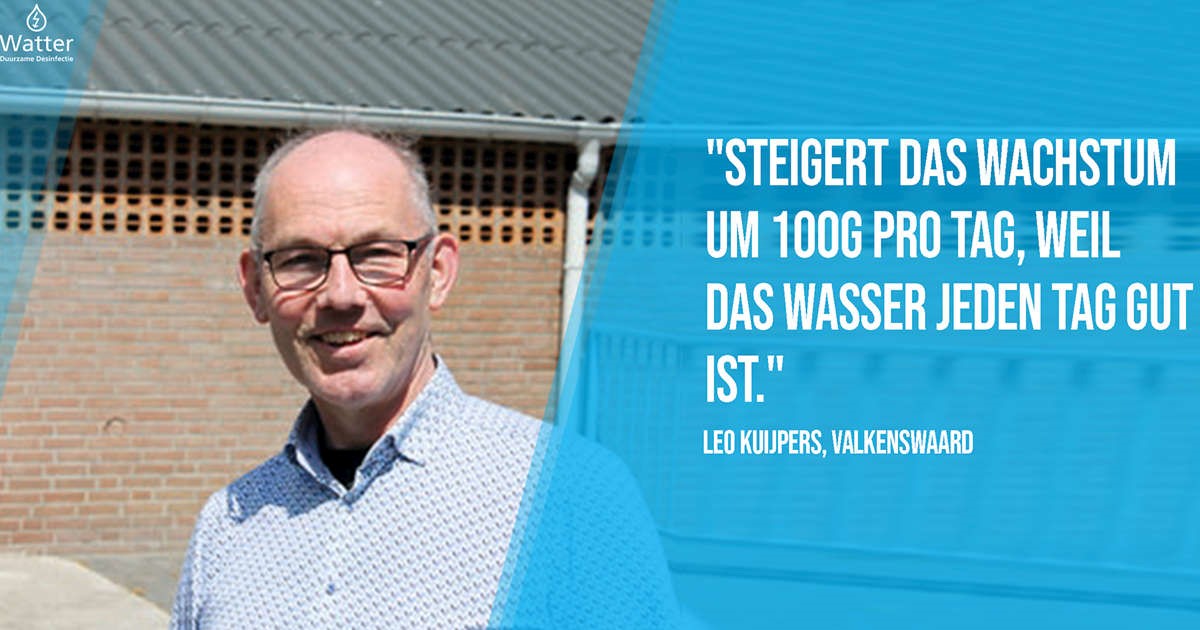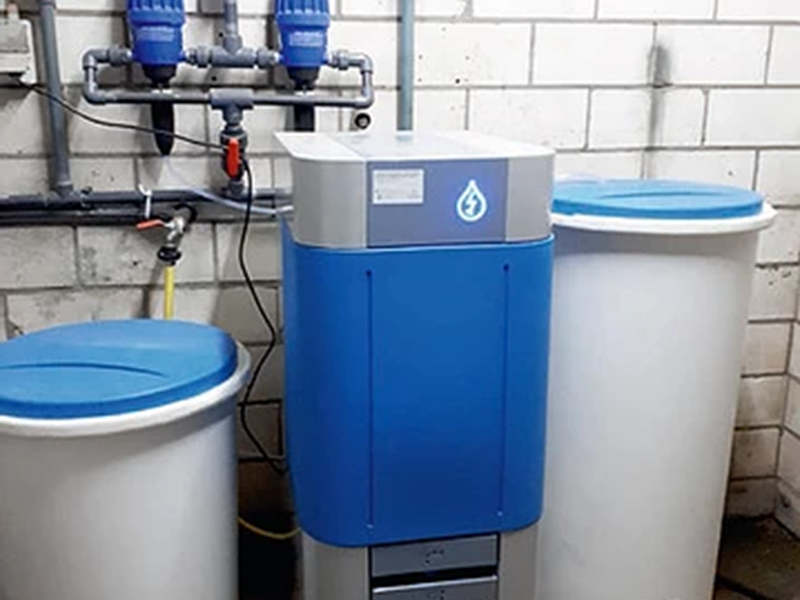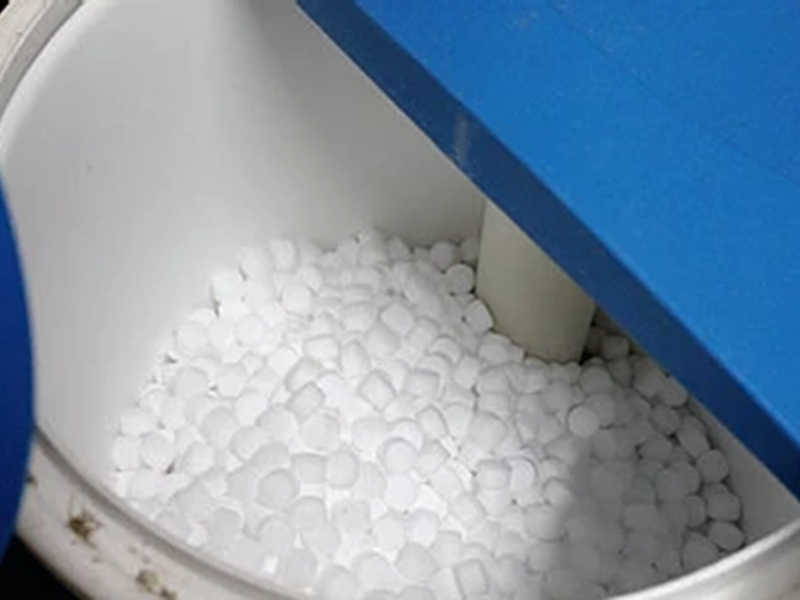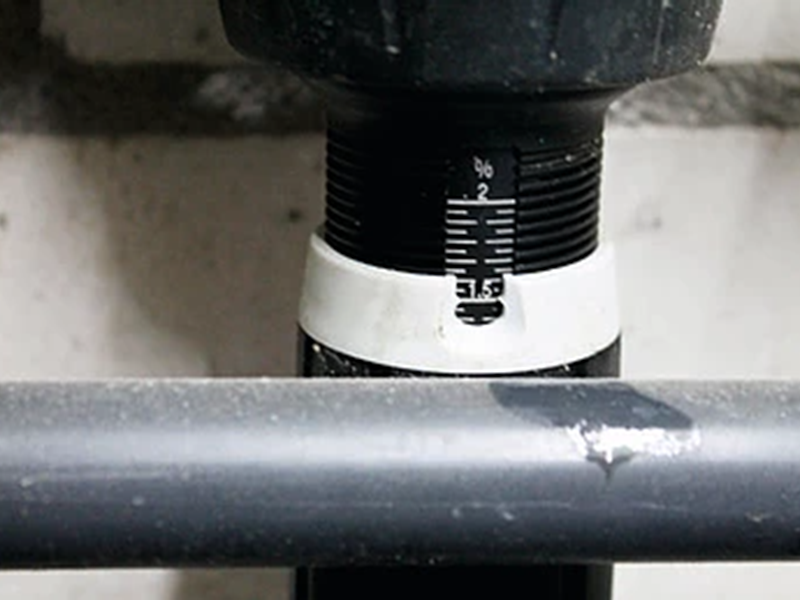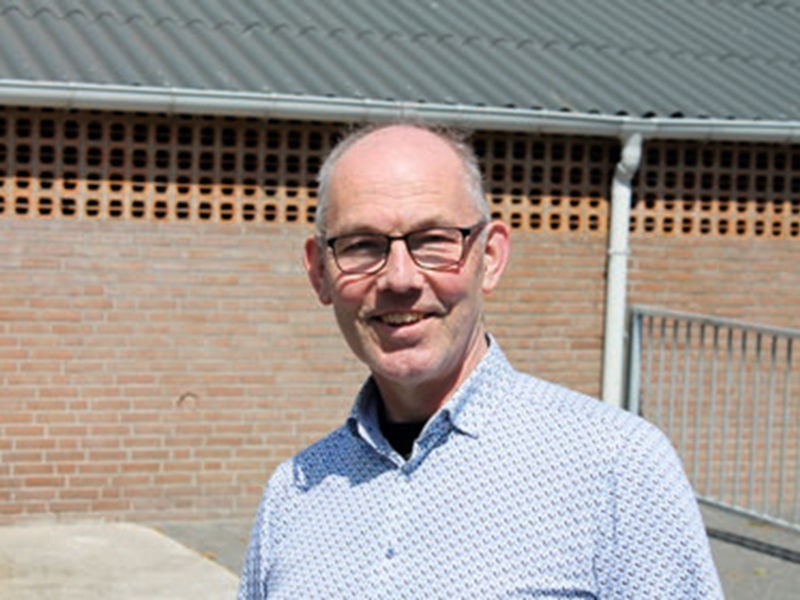The Kuijpers partnership invested in a disinfection system for their drinking water system. With that, they said goodbye to acids and other additives to drinking water.
Drinking water is an important necessity of life and the intake must be good under all circumstances. Yet there are all kinds of factors that can influence livestock farming to a greater or lesser extent. Soft water, for example, is less tasty than hard water for animals. However, as a farmer, you have no influence on what comes out of the ground. The farmer has more influence over the infrastructure of the water supply network in the barn. But there too - as a result of business development over the years - a suboptimal situation may have arisen.
Salmonella
The Kuijpers family's drinking water came to the fore a few years ago when some salmonella problems started to arise at the company. Additional requirements were imposed on the status of the fattening pigs to be delivered. As a result, Kuijpers took a critical look at his drinking water system. The water that Kuijpers pumped with his own well was of soft quality, but the infrastructure could also have an effect on health problems. “The entire installation is made of high-lying PVC pipes and the flow is low. Ideal for bacterial growth, but salmonella was easy to control with acid and cleaning agents.”
After the use of additives, the company no longer had any problems with salmonella, but Leo increasingly opposed the use of acid and cleaning agents. In particular, the cost of 8,000 euros per year was a thorn in the side. “And that was only for cleaning the drinking water system for the weaned piglets and fattening pigs. If we also cleaned the circuit of the sows and rearing gilts, there would be a multitude of additional costs.”
Kuijpers came into contact with the Watter company via-via, who offered him to test the Watter installation for a small fee for a few months. “I thought that was positive in itself. That as a company you stand in front of your product in such a way that you can use it for a few months before you definitively confirm the purchase. "Because the costs for use were offset against the costs of acid and cleaning agents, Kuijpers decided to try the installation. After a baseline measurement of the water quality, the installation was commissioned in October 2019.
Industrial use
How it works: Watter has designed a machine that produces a disinfectant on-site from water and salt. Watter is an EU-patented technique, which is permitted as a preventive measure against bacteria, fungi and viruses. In addition to industrial use - prevention of legionella in, for example, cooling towers - and applications in health care (combating MRSA bacteria in hospitals), Watter has also found sales in livestock farming for several years.
“I estimate that I have 100 grams more growth per day thanks to improved water quality.”
The installation consists of a unit that is placed close to the well pump or the incoming mains water. With only the input of salt tablets, a chemical process starts in the unit that continuously mixes a low concentration of an oxidizing disinfectant (oxidant) in the pipes. The property of an oxidant is that it breaks down protein structures, while biofilm is made up of proteins. After the biofilm has broken down, it dissolves and new biofilm is also prevented from forming. A biofilm can rebuild itself within two weeks.
Leo initially liked the simplicity of the installation. "I wasn't looking for a complicated installation or a solution where the entire circuit would have to be replaced." However, Watter's solution requires no modifications to the circuit and only limited labour. “I don't really have to do anything about it myself. 1x a week I have to refill the salt barrel, but otherwise, I have no problems. The dosage of 1.5 percent is always good.”
Kuijpers cannot say much about the operating costs. The installation has an optional service contract, but this is free in the first year. The operational costs are then only depreciation, service, salt, electricity and water.
Better results
The installation survived the trial period with flying colours because Kuijpers finalized the purchase even before the trial period was over. “I was done with the annual costs of acid and cleaning products. The purchase of Watter is substantial at around 25,000 euros, but I also save a lot on costs. And the fact that the installation is eligible for tax benefits also contributed to making the investment in 2019.” The installation will also fall under the MIA / Vamil in 2020.
But above all, Kuijpers sees that better results are being achieved in the barn. “The animals don't take in more feed, don't drink more than before, but the growth has nevertheless increased. I estimate that I have 100 grams more growth per day thanks to improved water quality. ”Kuijpers also sees differences arising in the farrowing stables - where previously the circuit was not cleaned. "The piglets are more uniform as a flock."
Kuijpers also noticed that the pipes are spotlessly clean on the inside and that there is no longer any biofilm. “Somehow you know that water is important, but I may have also underestimated how important it is. We have improved the feed, but I didn't really know that investment could pay off in terms of water. Every gram of growth you gain is priceless.”
Much lower bacterial count
At Kuijpers' company, a baseline measurement was performed for the installation, in which the water was tested without any additives added. This showed that the total bacterial count of the untreated water in the fattening pigs was 720,000 CFU / ml.
That is too high, according to the standards of the Animal Health Service and IKB. From 100,000 CFU / ml, water is classified as bad. The water quality of the pregnant sows was excellent. The proportion of yeasts and fungi and E. coli was within the norm for both animal groups.
After installation, the total bacterial count in the fattening pigs decreased by more than 90 percent to 53,000 and after two months the total bacterial count was 0. The limited numbers of yeasts and fungi present had also disappeared.
Company Profile
Leo (59) and José (53) Kuijpers have a virtually closed pig farm in Valkenswaard with 250 TN 70 sows and their own breeding. They are inseminated with a Tybor terminal boar. On average, the company weans approximately 30 piglets per sow. There are 2,000 fattening pigs present.




